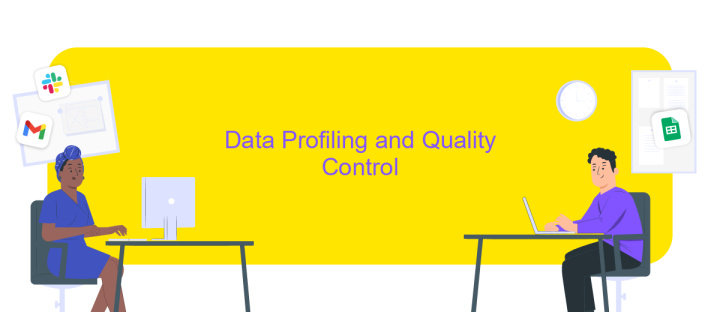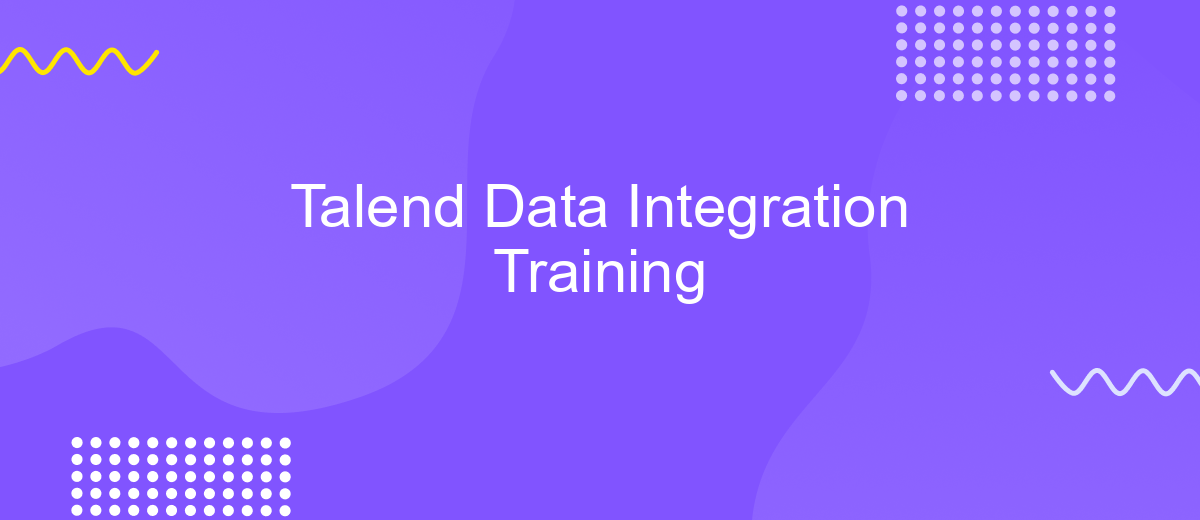Talend Data Integration Training
In today's data-driven world, efficient data integration is crucial for businesses to thrive. Talend Data Integration Training offers comprehensive instruction on leveraging Talend's powerful tools to streamline data processes, enhance data quality, and drive informed decision-making. This training equips professionals with the skills needed to manage complex data environments, ensuring seamless data flow and maximizing organizational efficiency.
Introduction to Talend Data Integration
Talend Data Integration is a powerful tool designed to simplify and streamline the process of data management. It provides a comprehensive suite of tools for data integration, transformation, and migration, making it an essential asset for businesses looking to harness the full potential of their data. With its user-friendly interface and robust functionality, Talend enables organizations to efficiently manage complex data workflows and ensure data quality across various systems.
- Seamless data integration from multiple sources
- Advanced data transformation capabilities
- Real-time data processing and monitoring
- Scalability to handle large volumes of data
- Comprehensive data quality management
By leveraging Talend Data Integration, businesses can achieve greater agility and efficiency in their data operations. Whether you are dealing with on-premises, cloud, or hybrid environments, Talend offers the flexibility and scalability needed to meet your data integration needs. Its open-source foundation and extensive community support further enhance its value, making it a preferred choice for organizations worldwide.
Data Integration Components and Concepts

Data integration in Talend involves various components and concepts that streamline the process of combining data from different sources into a unified view. Key components include Talend Studio, which provides a graphical interface for designing integration workflows, and Talend Data Management Platform, which offers tools for data profiling, cleansing, and enrichment. These components work together to facilitate the extraction, transformation, and loading (ETL) of data, ensuring consistency and accuracy across datasets.
Understanding the core concepts of data integration is crucial for effective implementation. These include data mapping, which aligns disparate data fields into a cohesive structure, and data quality management, which ensures the reliability and accuracy of the integrated data. Additionally, services like ApiX-Drive can be leveraged to automate data integration tasks, reducing manual effort and enhancing efficiency. ApiX-Drive provides pre-built connectors and intuitive interfaces that simplify the integration of various applications and services, making it an invaluable tool in the data integration landscape.
Data Profiling and Quality Control

Data profiling and quality control are critical components in any data integration process. They ensure that the data being integrated is accurate, complete, and consistent. By leveraging Talend's powerful tools, organizations can efficiently profile their data, identify anomalies, and maintain high data quality standards.
- Data Profiling: Talend provides robust data profiling capabilities that allow users to analyze the structure, content, and relationships within their data. This helps in identifying data quality issues early in the process.
- Data Quality Control: Talend offers a suite of data quality tools that enable users to cleanse, standardize, and enrich their data. These tools ensure that the data meets the required quality standards before it is integrated into the target system.
- Continuous Monitoring: Talend supports continuous monitoring of data quality, allowing organizations to proactively address any issues that arise and maintain the integrity of their data over time.
Incorporating data profiling and quality control into your data integration strategy with Talend not only enhances the reliability of your data but also improves decision-making processes. By ensuring data accuracy and consistency, businesses can achieve better outcomes and drive more value from their data assets.
Job Design and Execution

Designing and executing jobs in Talend Data Integration is a critical aspect that ensures efficient data processing and management. The process begins with understanding the data requirements, followed by creating a job that meets these needs. Talend provides a user-friendly interface that allows for the drag-and-drop of components to build complex data workflows.
Once the job design is complete, it is essential to configure the components correctly. This includes setting up connections to data sources, defining transformations, and specifying data outputs. Talend offers a wide range of components to handle various data integration tasks, making it a versatile tool for any data environment.
- Drag-and-drop interface for easy job creation
- Extensive library of components for diverse tasks
- Configuration options for precise control
- Support for multiple data sources and formats
Executing the job involves running it within the Talend Studio or deploying it to a remote server. Monitoring and debugging tools are available to ensure the job runs smoothly and any errors are promptly addressed. This structured approach to job design and execution in Talend ensures robust and reliable data integration processes.
Advanced Features and Best Practices
Advanced features in Talend Data Integration include real-time data processing, complex data transformations, and cloud integration capabilities. Utilizing Talend’s advanced components such as tMap, tXMLMap, and tRESTClient, users can handle intricate data workflows and integrate various data sources efficiently. To optimize performance, it's crucial to implement parallel execution and leverage Talend’s built-in monitoring tools to identify bottlenecks and ensure data quality.
Best practices for Talend Data Integration involve maintaining clear and consistent naming conventions, modularizing jobs for reusability, and documenting processes thoroughly. Regularly updating and testing integrations is essential to adapt to evolving data landscapes. Additionally, integrating third-party services like ApiX-Drive can streamline the process by automating data flows between various applications, enhancing overall efficiency. By adhering to these practices, organizations can maximize the potential of Talend Data Integration for robust and scalable data solutions.
FAQ
What is Talend Data Integration?
What are the prerequisites for learning Talend Data Integration?
How long does it typically take to become proficient in Talend Data Integration?
Can Talend Data Integration be used for automating data workflows?
What kind of support is available for Talend Data Integration learners?
Time is the most valuable resource in today's business realities. By eliminating the routine from work processes, you will get more opportunities to implement the most daring plans and ideas. Choose – you can continue to waste time, money and nerves on inefficient solutions, or you can use ApiX-Drive, automating work processes and achieving results with minimal investment of money, effort and human resources.

